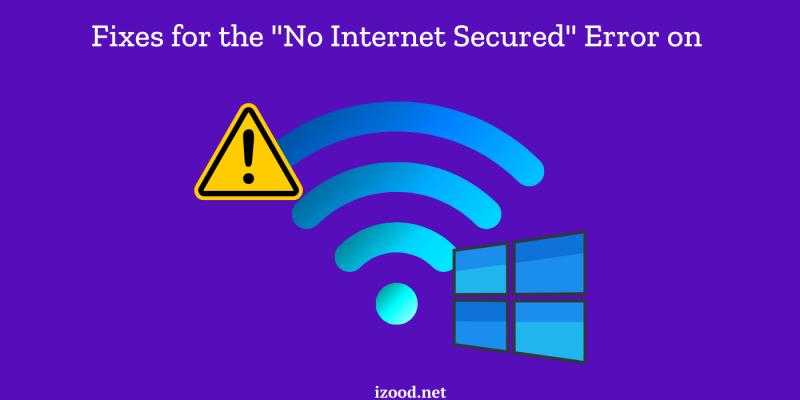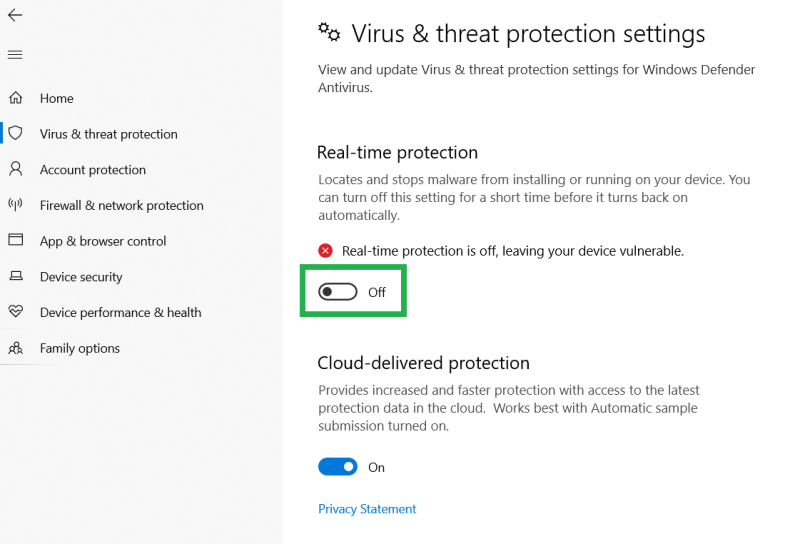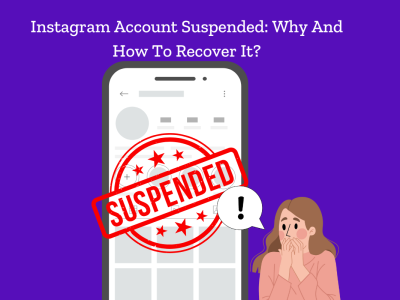
The “No Internet Secured” error typically occurs when your device is connected to a Wi-Fi network, but there’s no internet access. This can be frustrating, especially when you need a stable connection for work or leisure. Several factors can cause this error, including issues with your router, network settings, or even your internet service provider (ISP). Below we will walk through all those reasons and ways to fix this issue.
Common Causes of the “No Internet Secured” Error
- Router Issues: Sometimes, the router may be the root cause of the problem. This can be due to outdated firmware, incorrect configurations, or even hardware malfunctions.
- IP Configuration Problems: Incorrect IP settings can prevent your device from accessing the internet.
- Network Driver Issues: Outdated or corrupt network drivers on your device can lead to connectivity issues.
- ISP Outages: Sometimes, the issue might not be on your end but with your ISP.
- Firewall or Security Software: Overly restrictive security settings can block internet access.
How to Fix the “No Internet Secured” Error
Here are several methods you can try to resolve the “No Internet Secured” error on your device:
1. Restart Your Router and Modem
Restarting your router and modem is often the first step in troubleshooting internet connectivity issues. This process clears the device’s cache and resets its network configurations, which can resolve temporary glitches.
Steps to Restart:
- Unplug the Power Cords: Disconnect the power cords from both the router and the modem.
- Wait for 30 Seconds: Allow the devices to sit unplugged for at least 30 seconds. This ensures they fully power down.
- Plug Them Back In: Reconnect the power cords to both devices.
- Wait for Reconnection: Give the devices a few minutes to fully restart and re-establish the connection to your ISP. Check if the internet connection is restored.
2. Update Network Drivers
Network drivers control the communication between your device and the network. Outdated or corrupt drivers can lead to connectivity issues. Updating these drivers ensures that your device has the latest improvements and bug fixes.
Steps to Update Network Drivers:
- Open Device Manager: Press Windows + X and select Device Manager.
- Expand Network Adapters: Click on the arrow next to Network adapters to see the list of network devices.
- Update Driver: Right-click on your network adapter and select Update driver.

- Search Automatically: Choose Search automatically for updated driver software. Windows will search online for the latest driver and install it.
- Restart Your Computer: After the update, restart your computer to apply the changes.
3. Reset TCP/IP Stack
The TCP/IP stack is a set of networking protocols used by your device to communicate over the internet. Resetting the stack can fix issues related to IP configurations and network settings.
Steps to Reset TCP/IP Stack:
- Open Command Prompt as Administrator: Type cmd in the Windows search bar, right-click on Command Prompt, and select Run as administrator.
- Execute Commands: Type the following commands, pressing Enter after each:

- Restart Your Computer: After running these commands, restart your computer to apply the changes.
4. Check IP and DNS Settings
Incorrect IP or DNS settings can prevent your device from accessing the internet. Ensuring these settings are correctly configured can resolve many connectivity issues.
Steps to Check IP and DNS Settings:
- Open Network Connections: Press Windows + R, type ncpa.cpl, and press Enter.
- Open Properties: Right-click on your active network connection and select Properties.
- Select TCP/IPv4: Highlight Internet Protocol Version 4 (TCP/IPv4) and click on Properties.
- Automatic Settings: Ensure both Obtain an IP address automatically and Obtain DNS server address automatically are selected.
- Save Changes: Click OK to save the settings and close the window.
5. Disable Security Software Temporarily
Sometimes, overprotective firewall or antivirus software can block internet access. Disabling these temporarily can help identify if they are the cause of the issue.
Steps to Disable Security Software:
- Open Security Software: Open your firewall or antivirus software from the system tray or start menu.
- Disable Protection: Look for options to disable the software temporarily. This might be labeled as Turn off, Disable, or Pause.
- Check Internet Connection: After disabling, check if the internet connection is restored.
- Adjust Settings: If disabling the software resolves the issue, adjust its settings to allow internet access while keeping your device protected.

6. Forget and Reconnect to the Network
Forgetting the Wi-Fi network and reconnecting to it can refresh the connection and resolve minor issues related to network configuration.
Steps to Forget and Reconnect:
- Open Wi-Fi Settings: Go to your device’s Wi-Fi settings.
- Forget Network: Find the network you are trying to connect to, select it, and choose Forget.
- Reconnect: After forgetting, reconnect to the network by selecting it from the list and entering the Wi-Fi password.
7. Contact Your ISP
If none of the above methods work, the issue might be with your internet service provider. There could be an outage or other issues on their end.
Steps to Contact Your ISP:
- Check Service Status: Visit your ISP’s website or social media pages to check for any service outages or maintenance notifications.
- Contact Support: Call or use online chat to contact your ISP’s customer support. Explain the issue and the steps you’ve already taken.
- Follow Their Instructions: Follow any additional troubleshooting steps provided by the support team.
Also Read: “Fixes for Geforce Experience Error Code 0x0003“
Conclusion
Dealing with the “No Internet Secured” error can be frustrating, but understanding the underlying causes and knowing how to address them can significantly reduce downtime. Whether it’s restarting your router, updating network drivers, resetting the TCP/IP stack, or adjusting your device’s network settings, each of these solutions targets common connectivity issues that can lead to this error. By following these comprehensive steps, you can restore your internet connection and maintain a stable, reliable online experience. Remember, if all else fails, contacting your ISP can help identify and resolve any issues beyond your control.
FAQ
- No internet secured on hotspot
If you’re having trouble connecting to the internet when using a hotspot, there are a few things you can try.
First, make sure that your device is set to use the correct security protocol. Many hotspots use WPA2, so if your device is set to use WEP, it won’t be able to connect.
Second, check to see if the hotspot requires a login. If it does, make sure you have the correct username and password.
Third, try restarting your device. Sometimes simply restarting your computer or phone can fix minor connection issues. Lastly, if none of these solutions work, you may need to contact the hotspot’s customer support for help troubleshooting the issue.
- No internet secured but I have internet
If you have a secured connection but are still seeing the “No internet secured” error message, it’s possible that your computer’s security software is blocking the connection. To fix this, you’ll need to add an exception for the site in your security settings.







